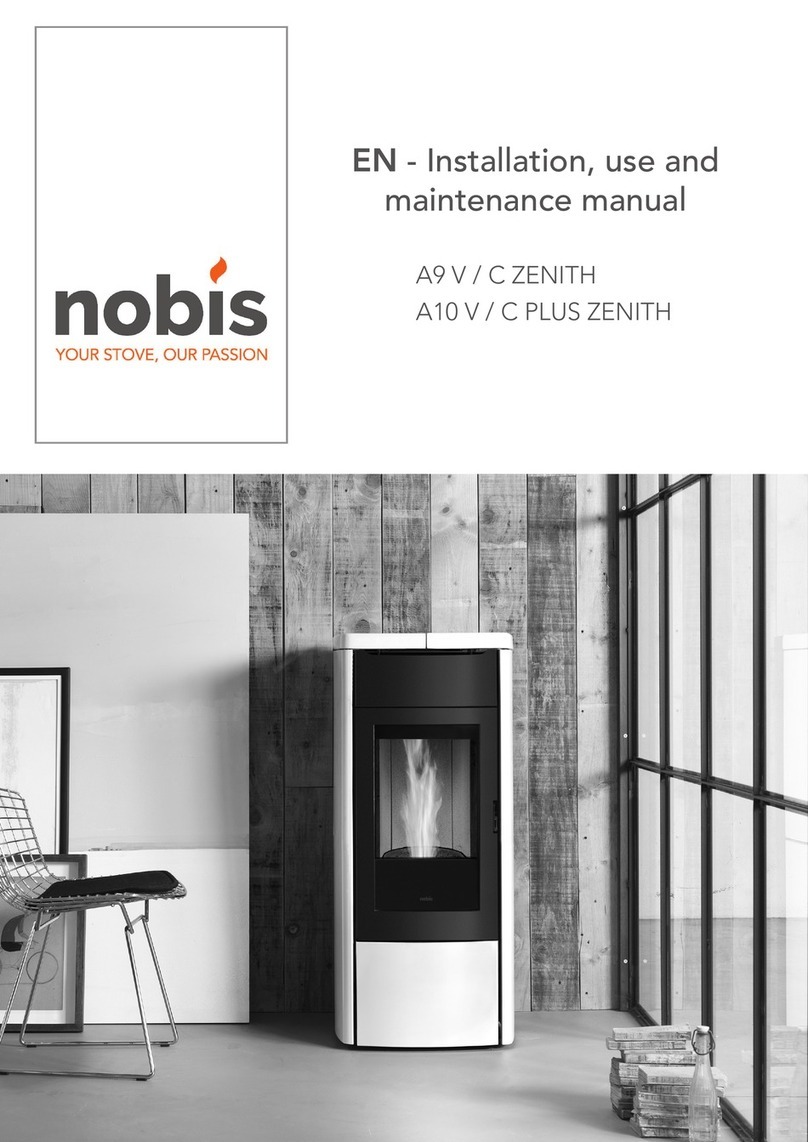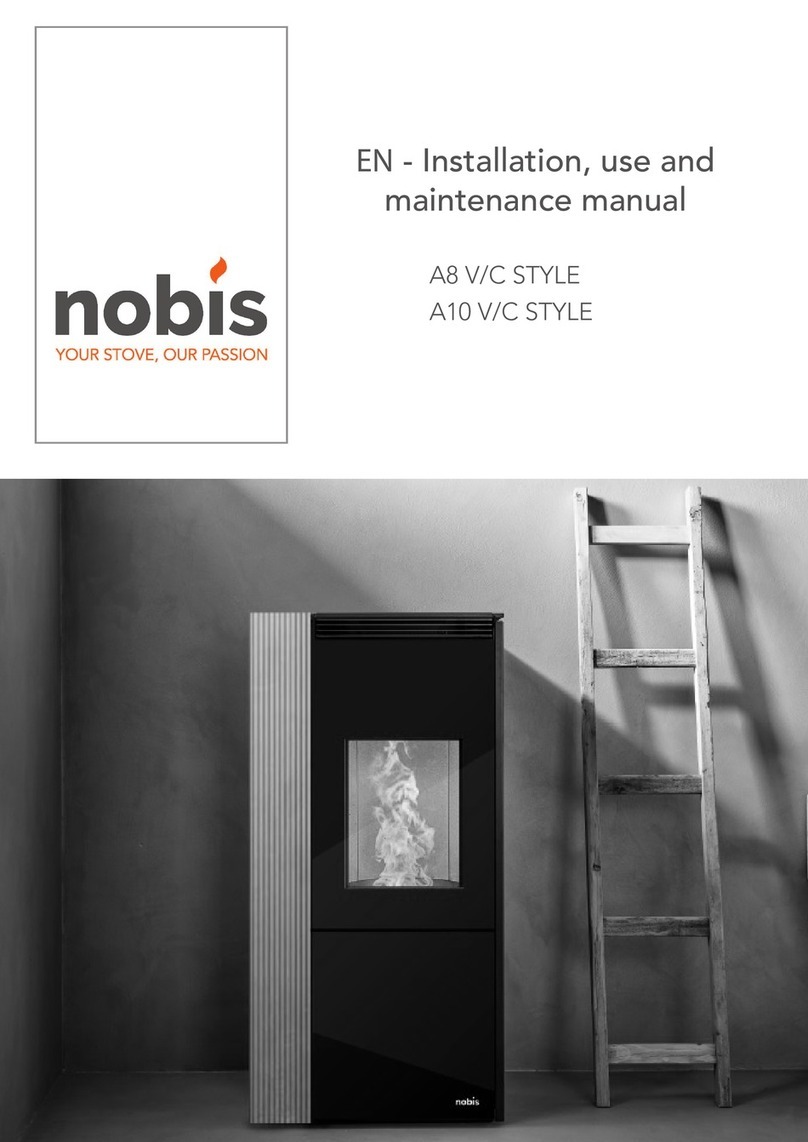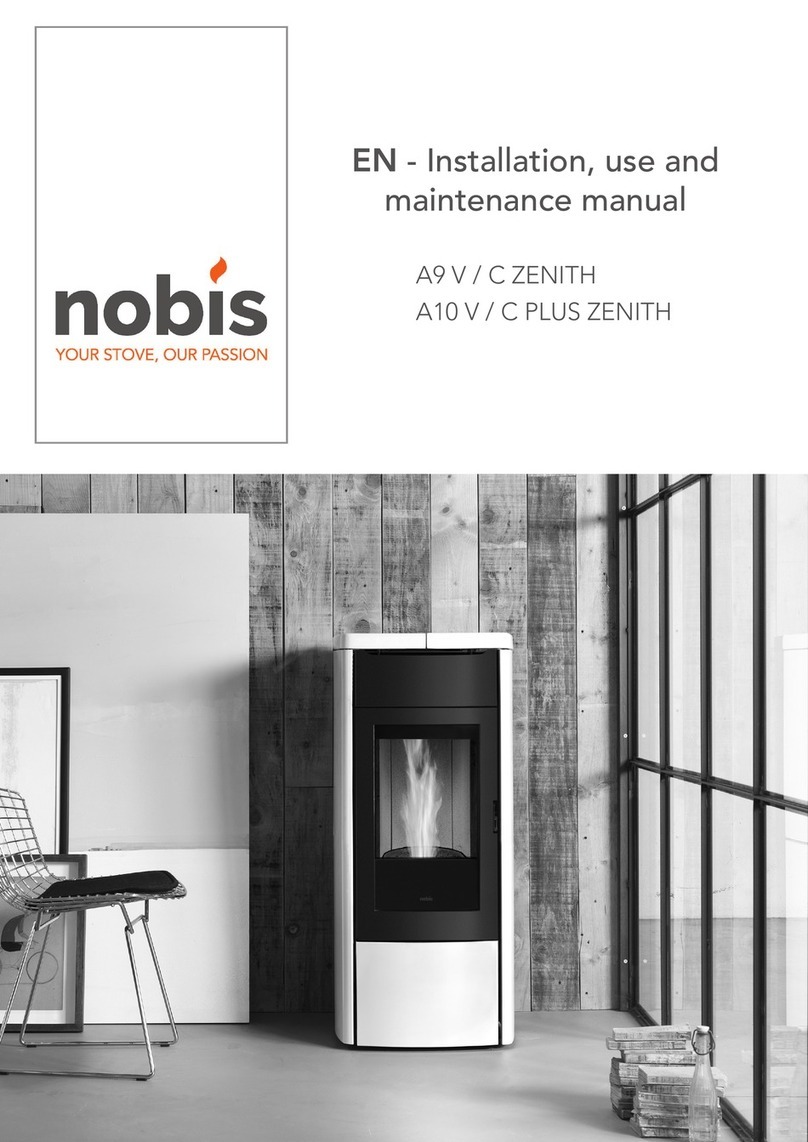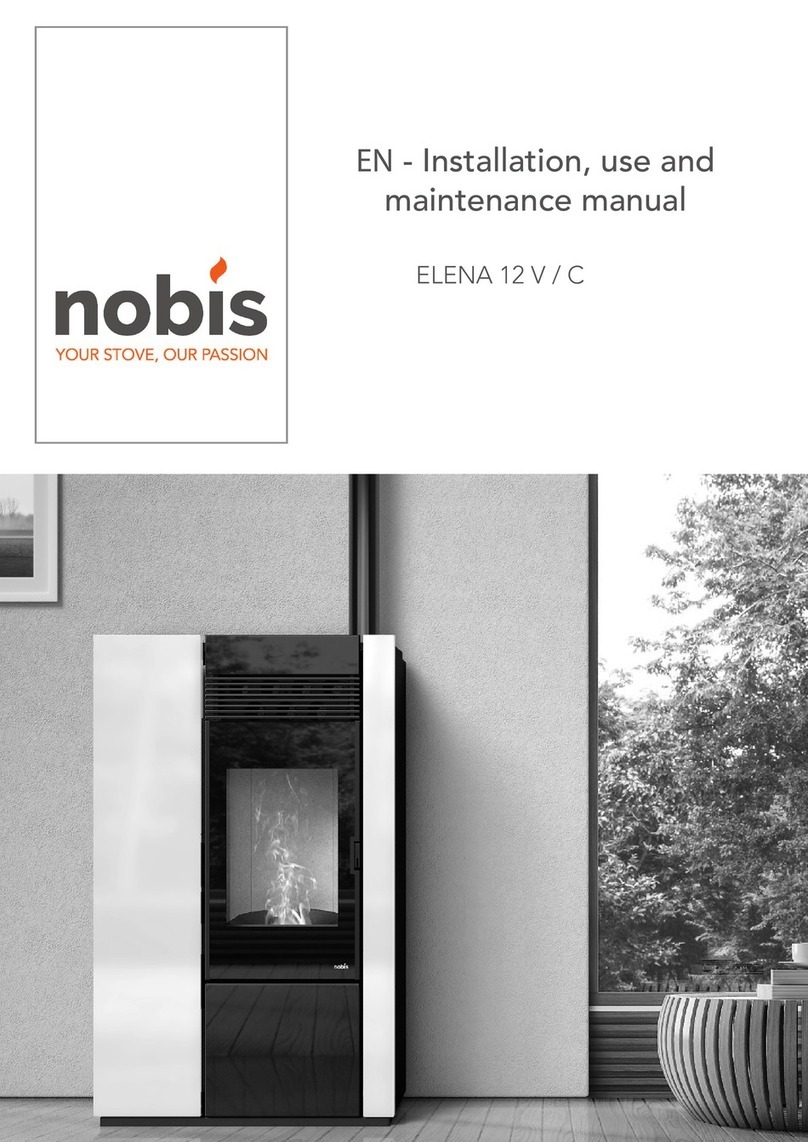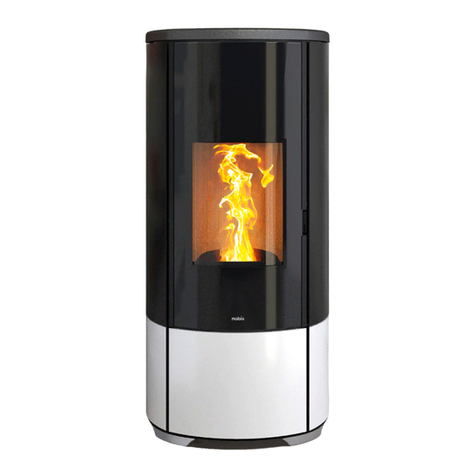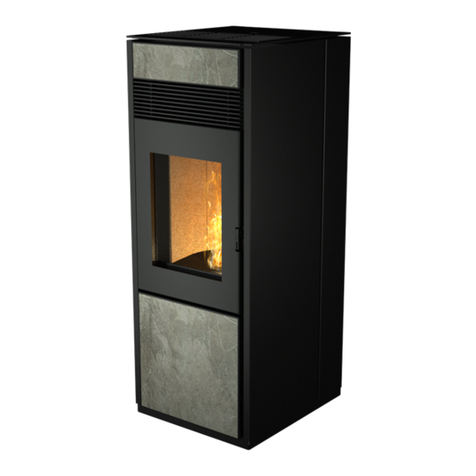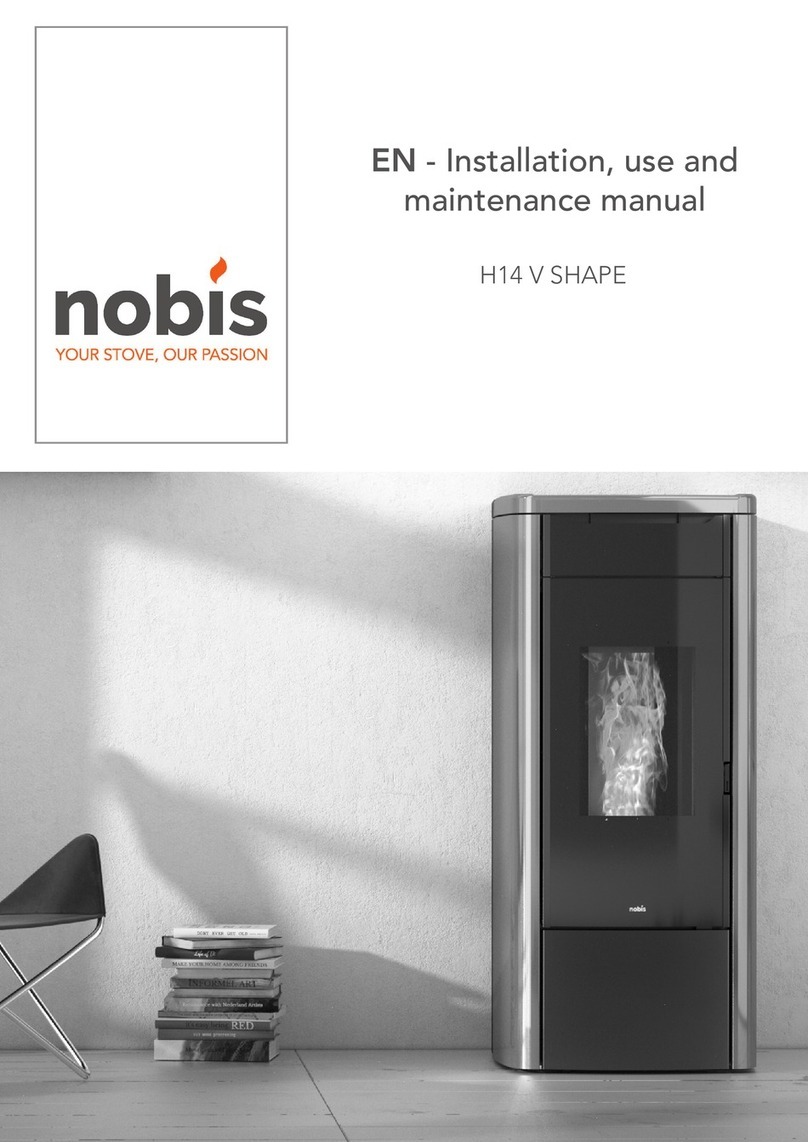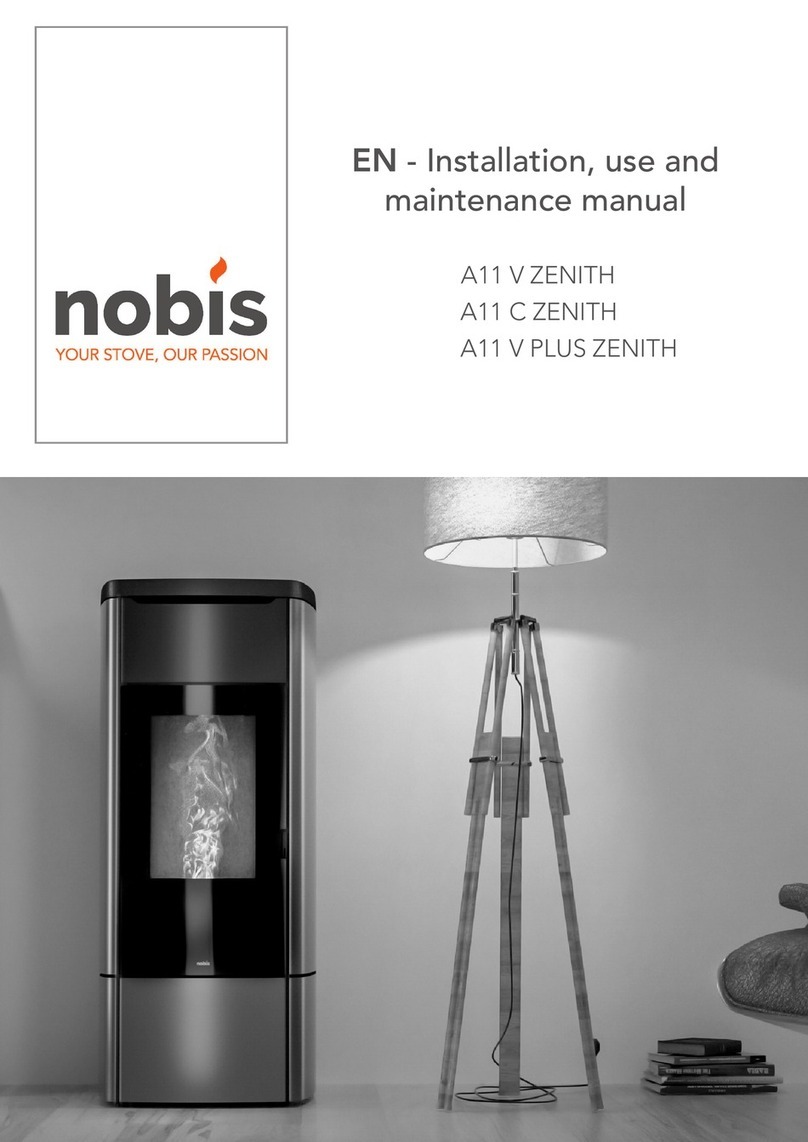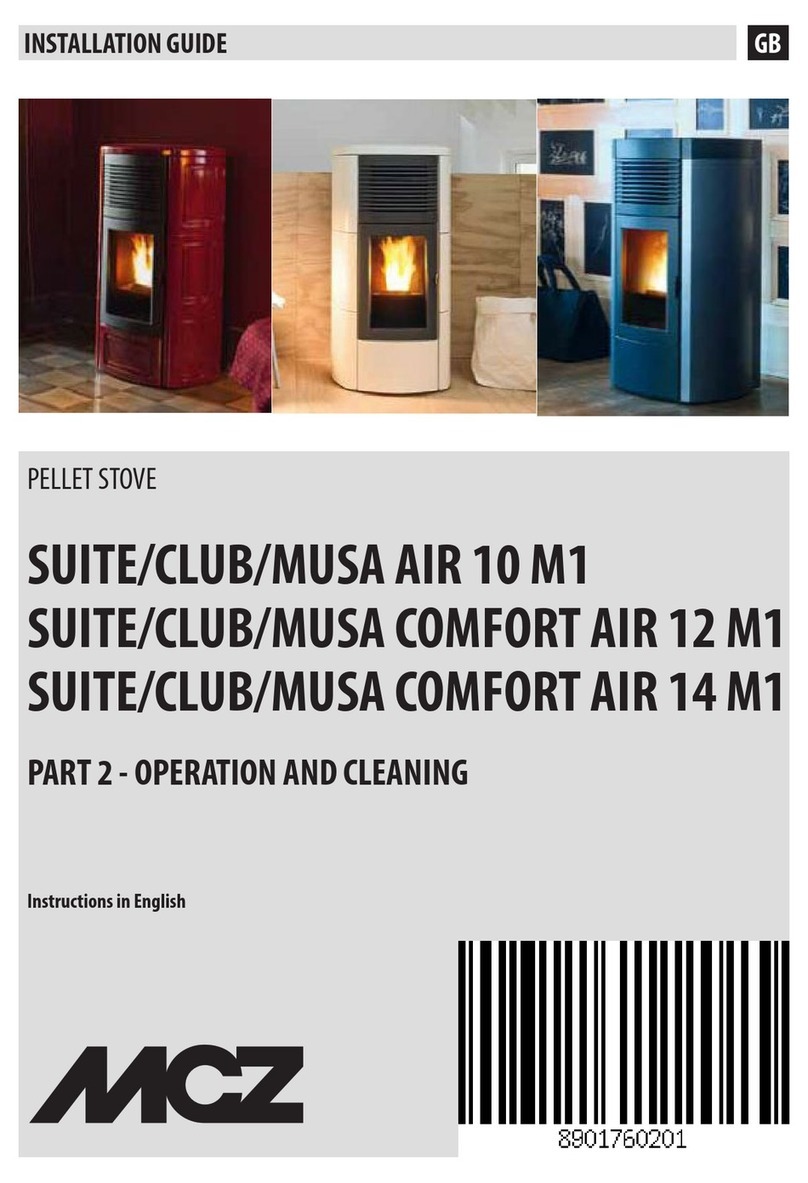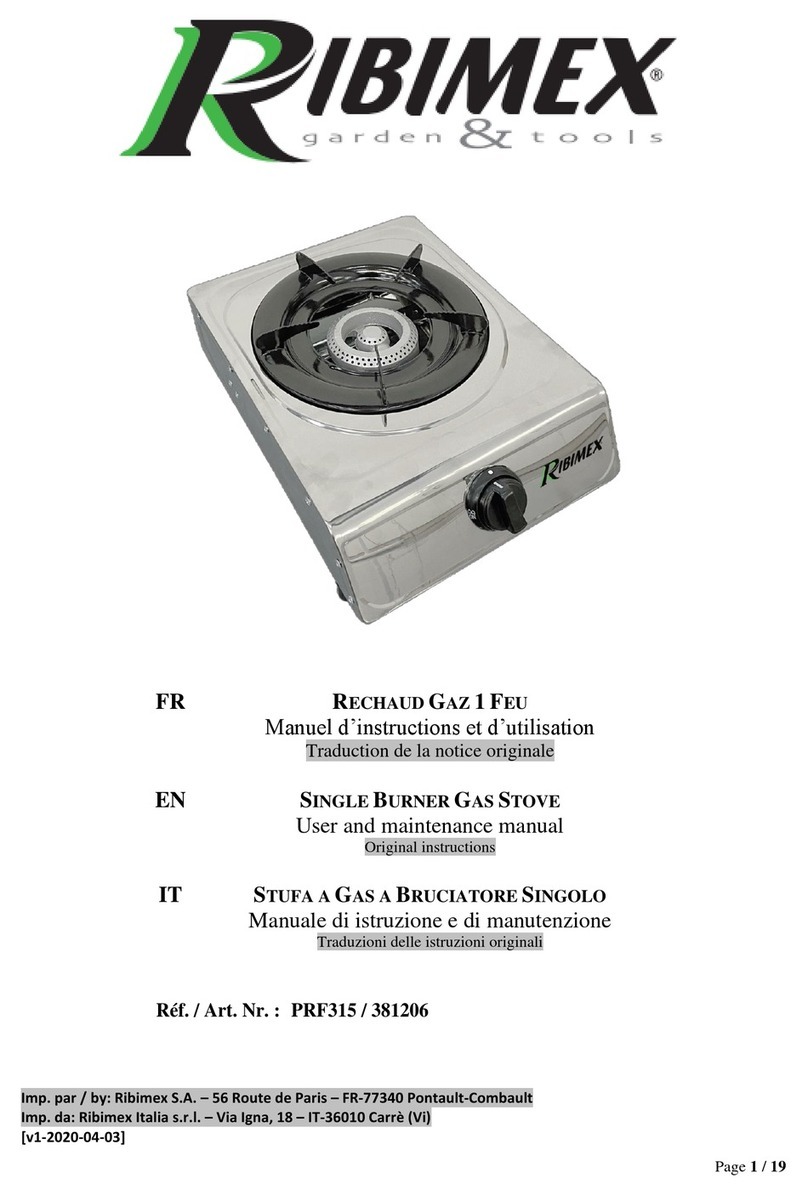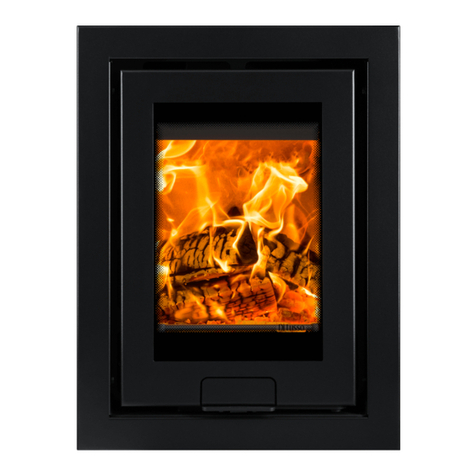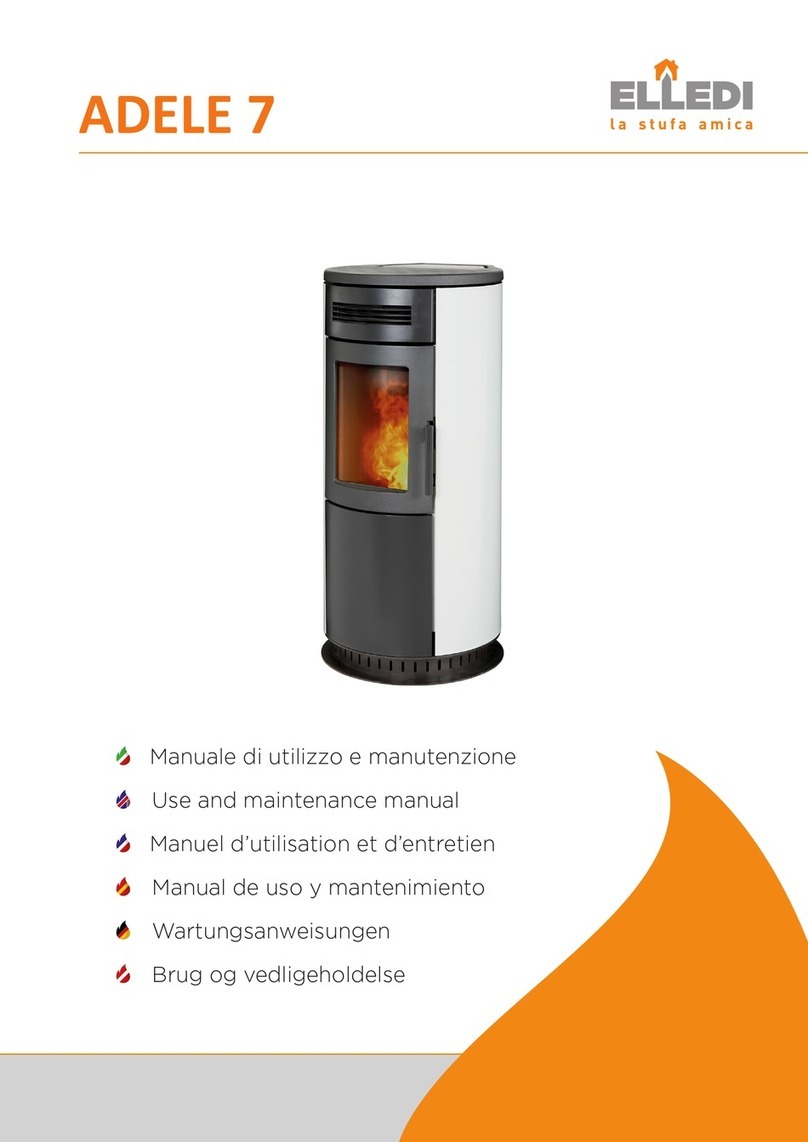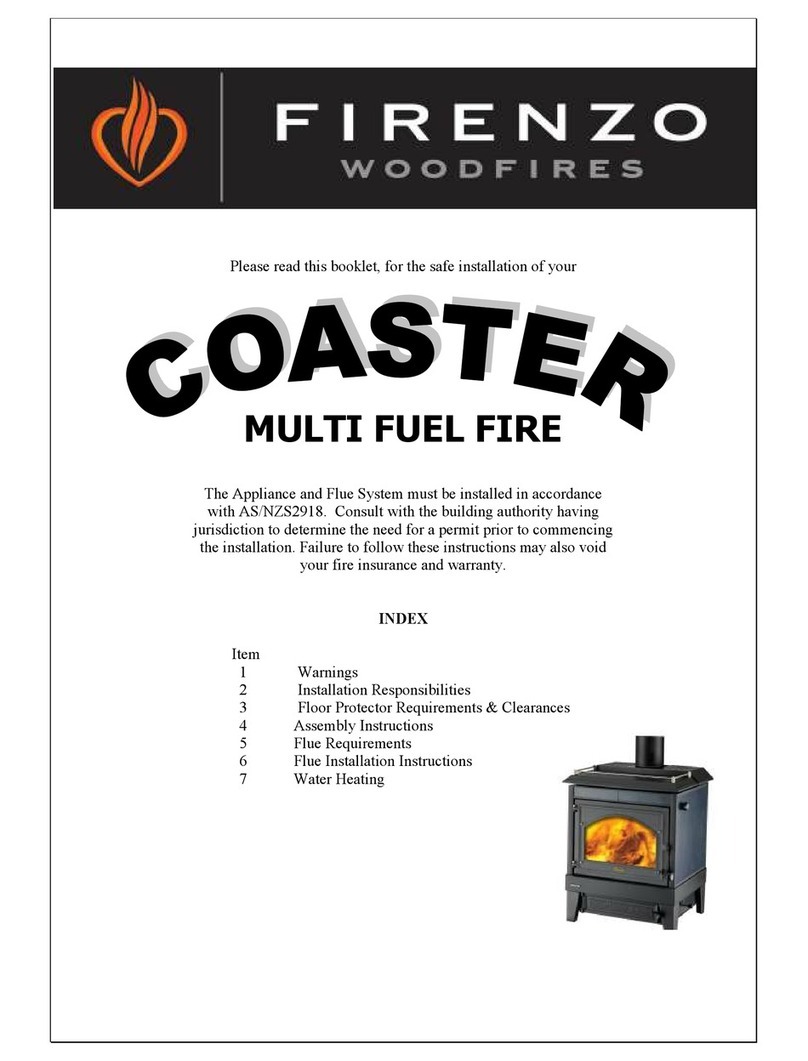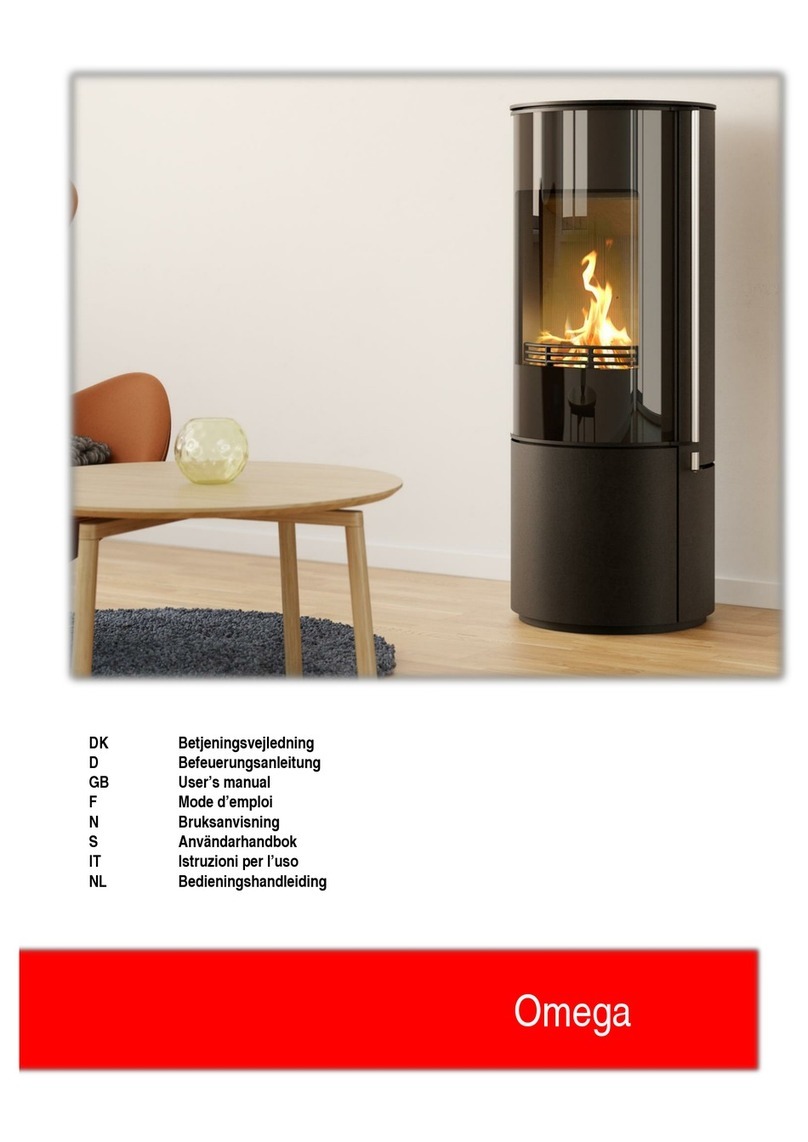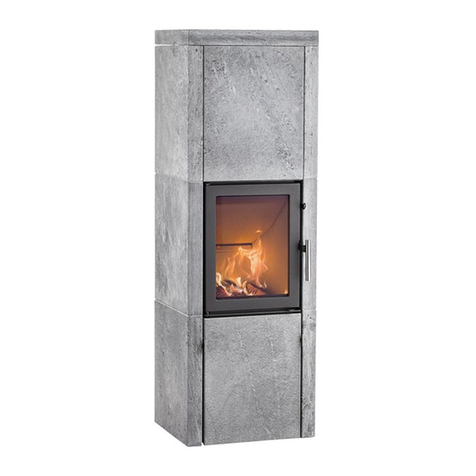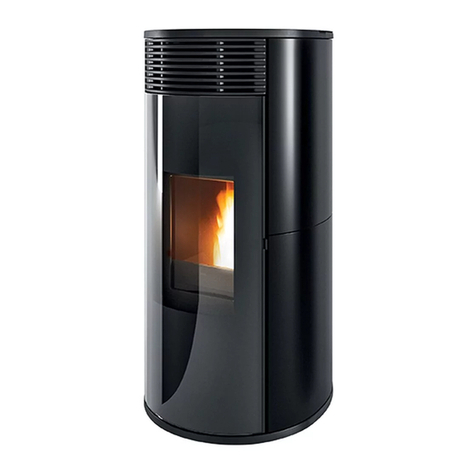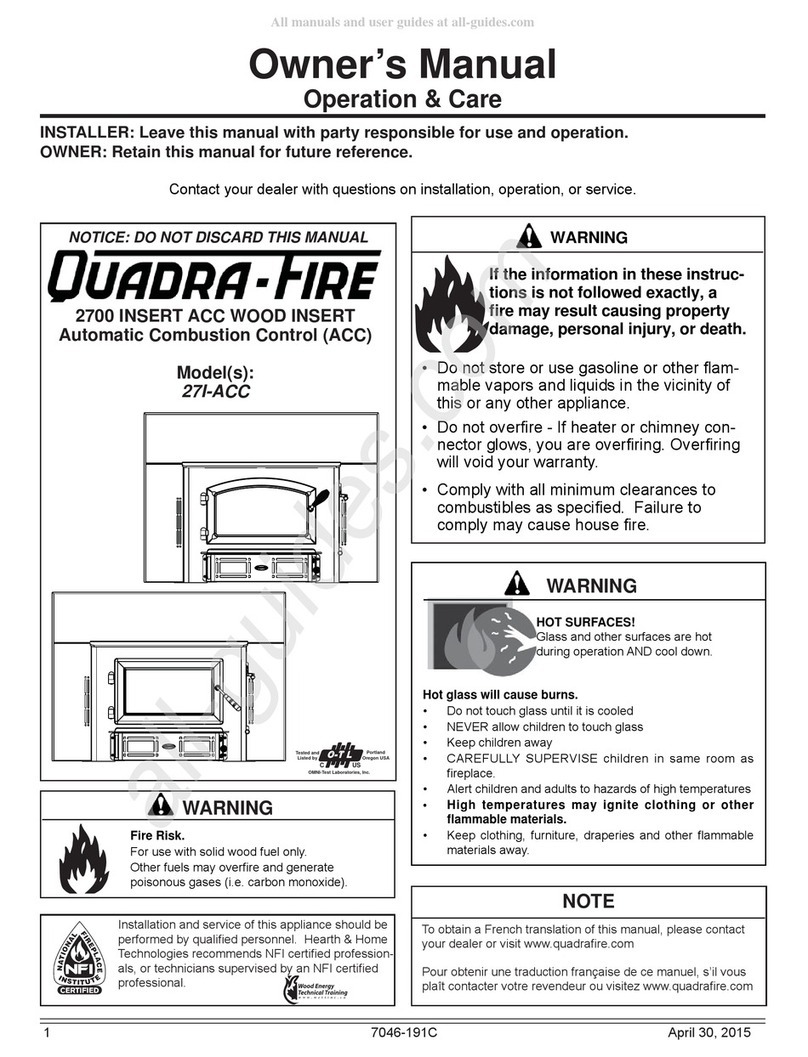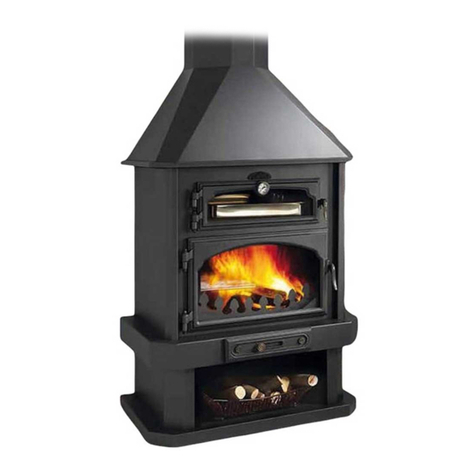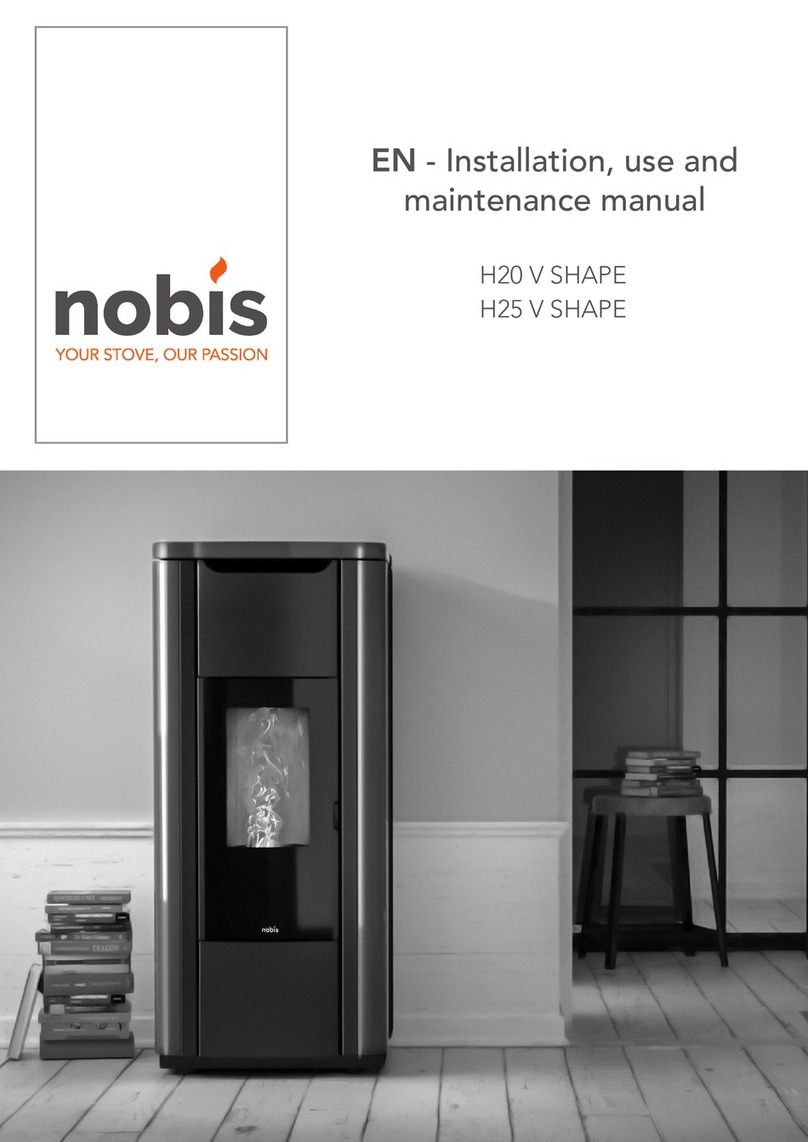
Use and Maintenance Manual model “H17 V LIGHT”
5
ENGLISH ENGLISH
1.6 LEGAL WARRANTY
To benet from legal warranty, the user must
strictly comply with the provisions indicated in this
manual. In particular, the user will have to:
• always work within the use limitations of the product;
• always carry out routine maintenance;
• authorize the use of the machine only to people
with proven capacity, attitudes and who are ade-
quately trained for the purpose;
• use original spare parts specically intended for
the appliance model in use.
It is also necessary to provide the following:
• scal receipt reporting date of purchase;
• a certicate of compliance for the installation of the
product, issued by authorized staff.
Non-compliance with the provisions contained in this
manual will imply immediate forfeiture of the
warranty for both the product and any spare parts
assembled thereafter.
1.7 EXCLUSIONS FROM WARRANTY
The warranty excludes all malfunctions and/or
damage to the appliance resulting from the
following causes:
• damage caused by transport and/or handling;
• all parts resulting as being faulty due to
negligence or careless use, wrong
maintenance, or installation non-conforming
to the manufacturer instructions
(please, refer to the installation and use manual
supplied with the appliance);
• further damage caused by wrong intervention
by the user in the attempt to solve a preexisting fault;
• aggravated damage caused by further use
of the appliance by the user once
a fault has occurred;
• in the presence of a boiler, any corrosion,
scale or breakages caused by stray
current, condensate, abrasion or acidity in the
water, scale removal treatments carried out
improperly, water shortage, sludge or limescale deposits;
• inefciency of the chimneys, chimney ues or parts of the
system on which the appliance depends;
• damage caused by tampering with the appliance,
atmospheric agents, natural disasters, vandalism,
electrical discharge, re, faulty electrical and/or
plumbing system.
The following are also excluded from the warranty:
• parts subject to normal wear such as gaskets,
glass, coverings and cast iron grates, painted,
chrome-plated or gold-plated parts, handles and
electrical cables, lights, switch resistor, indicator lights,
knobs, and all those parts that can be removed from
the replace (e.g. refractory, brazier);
• color variations of painted and ceramic parts,
as well as ceramic cracks (being natural features
of the material and consequent to use of the product;
• masonry works;
• parts of the system (if present) not supplied by
the manufacturer;
Therefore, any technical interventions on the product
for the elimination of the aforementioned defects
and consequent damages must be agreed with the
Technical Assistance Center, which reserves the right
to accept or refuse the relevant assignment and in
any case will not carry out the task as a guarantee,
but as technical assistance to be provided under
the conditions possibly and specically agreed and
according to the rates in force for the work to be
carried out. The user will also be charged for the
costs that may become necessary to remedy his/
her incorrect technical interventions, tampering or, in
any case, factors which can be harmful to the
device and that cannot be attributed to
manufacturing defects. Without prejudice to the
limits imposed by laws or regulations, any warranty of
containment of air and noise pollution is also excluded.
• The product can be used by children over
8 years of age and people with reduced
physical, sensor or mental capacity, or without
experience or the necessary know-how, provided
that they are supervised, or have received
instructions on the safe use of the appliance and are
aware of the dangers an improper use may involve.
Children must not play with the appliance.
• Cleaning and maintenance intended to be
carried out by the user must not be carried out
by children without supervision.
• Do not dry the laundry on the the product.
• The fuel and other ammable materials must
be kept at a suitable distance from the product.
Fire hazard.
• The product must be electrically connected
to a system equipped with a suitable grounding
system.
• In the event of a fault in the switch-on system, do not
force ignition using ammable material. Consult an
authorized technician.
• For non-hermetic products, installation in small rooms
and bedrooms is forbidden.
• Installation is forbidden in environments with an
explosive atmosphere.




















